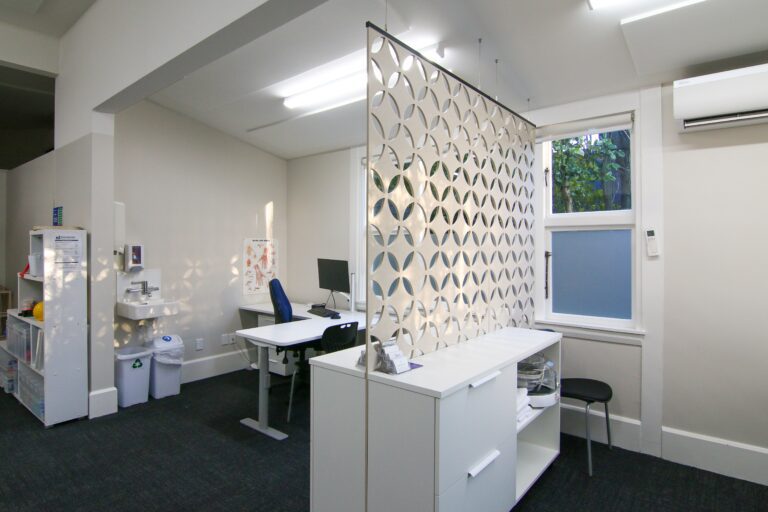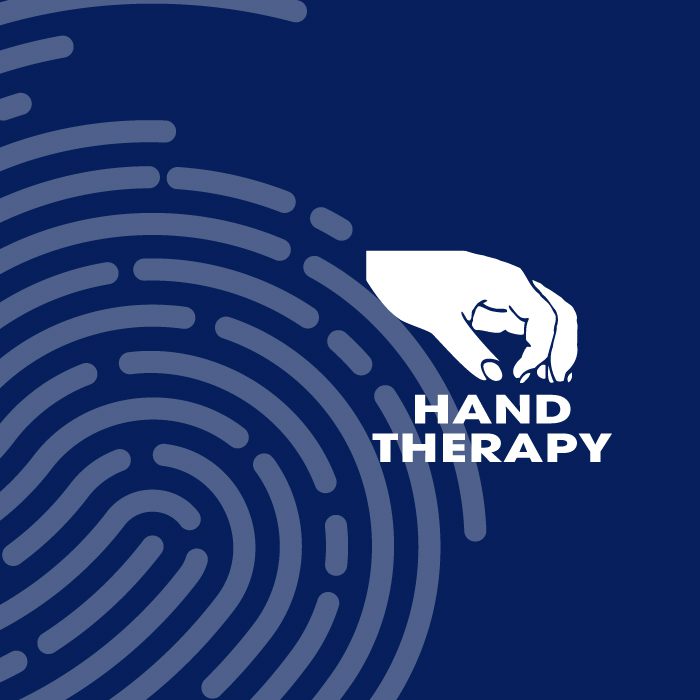In any human bone, there are two competing cycles: breakdown and regeneration. Specialised cells called osteoclasts absorb worn-out bone cells, removing them constantly from the bone. Simultaneously, other cells called osteoblasts take calcium from the blood and redistribute it upon the bone. This process occurs throughout life.
Until about the age of 20, bones are focused primarily on one thing – growing. Even after maximum height is achieved, bones continue laying down new bone cells in an effort to get thicker and denser.
As we age however, our osteoblasts (bone-builders) can’t keep up with the activity of our osteoclasts (bone-removers). When an older adult suffers a bone fracture, the body directs more resources toward the break, but the bone itself is already involved in a losing cycle of bone removal and replacement, with more bone being removed than being replaced. This ‘losing cycle’ of bone removal and replacement explains why it takes older people longer to heal.
Conversely, children’s bones are always behaving like they’re healing – the osteoblasts are constantly laying down and building new bone. When a child breaks a bone the body diverts even more repair cells to the location of the injury at a time when the bone is already engaged in a supercharged rate of growth. Hence while an adult may be in cast for six weeks or more for a fracture, a child can often be back to normal in a few weeks.




